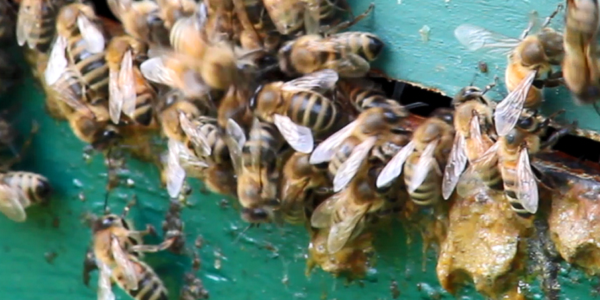By Brooke Decker, VAAFM Apiary Program Manager
An increasingly popular conservation initiative called ‘No-Mow-May’ is blooming across the nation. This initiative follows the ‘less-is-more’ wisdom we often hear from our parents and is now a popular environmental mantra of the day. By simply eliminating or sharply reducing the mowing of your lawn and allowing more flowers to bloom offers bees and other pollinators a wonderful playground of floral resources at a critical time in their lifecycle. Studies have shown this simple act can increase abundance and diversity of wildlife in your yard, especially pollinators.
‘No-Mow-May’ will allow you the time to enjoy observing the diversity of nature in your lawn. Dandelions are often the most noticeable of the spring lawn flowers. They provide abundant nutritional resources for pollinators, especially bees. Observing flowers during a sunny day will display numerous insect guests. Honey bees, bumble bees, or some of Vermont’s other 400 native bee species are likely visitors.
As the love for your lawn flowers grows, you might consider mowing less frequently the rest of the year. When mowing becomes necessary, setting the cut height of 4-5 inches allows for better habitat regrowth and continued pollinator benefits during the summer months. Consider turning your lawn into a “bee lawn” by seeding Dutch clover and other low growing flowering plants like creeping thyme, self-heal and native violets.
For a real-life pollinator paradise, consider ‘No-Mow-May’!

